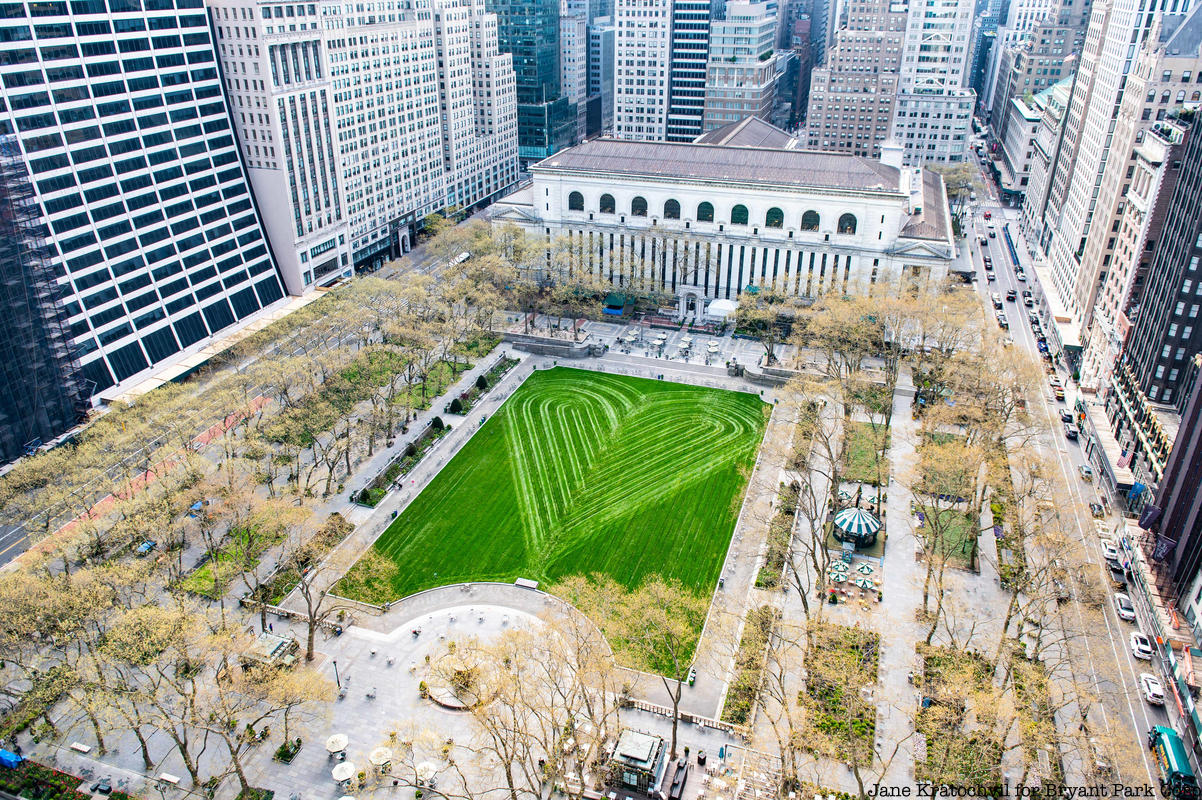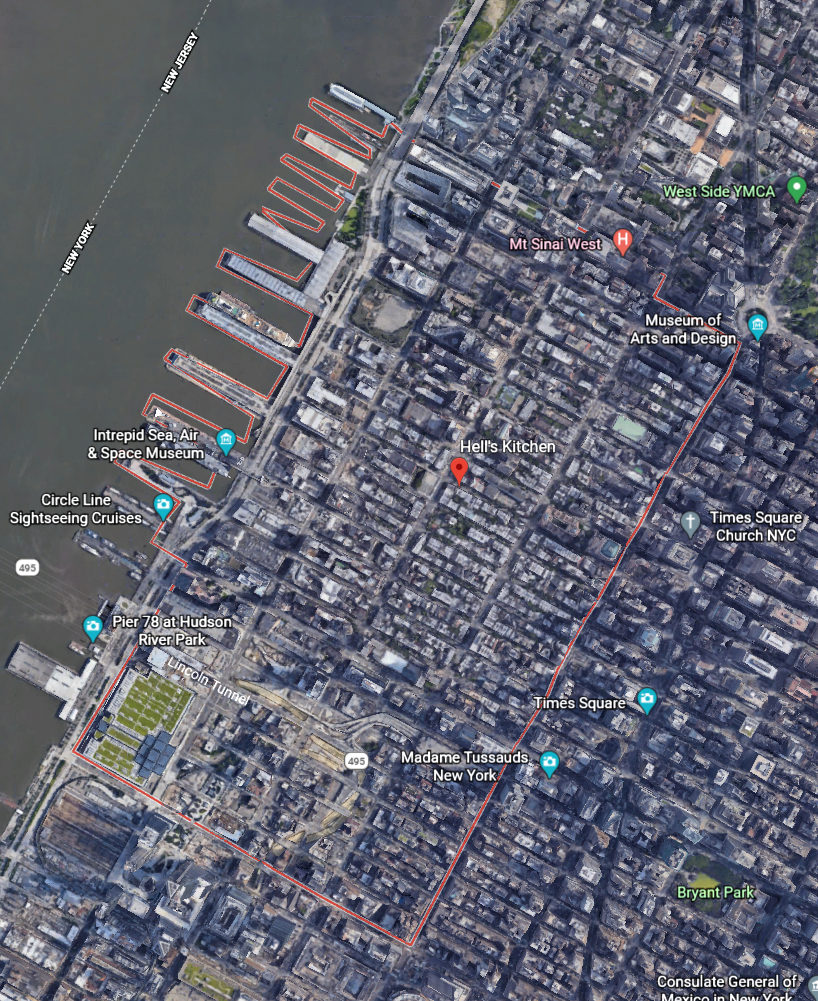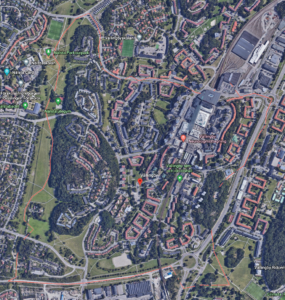Bryant Park, NY
In 1884, the existing park in the area was renamed to Bryant Park, in honor of abolitionist William Cullen Bryant. With its location being in Midtown Manhattan, several transit lines and infrastructure projects were built around it, such as the city’s first subway line and the Catskill Aqueduct. Throughout the 1900s, the area saw major renovations and attempts at countering neglect from the city. Many public events took place here, such as an aircraft demonstration during World War II and outdoor summer concerts. Its current design was officially finished in 1992. It contains the main branch of the New York Public Library and a large lawn that doubles as an ice rink in the winter. Its main use is a passive recreation space.






